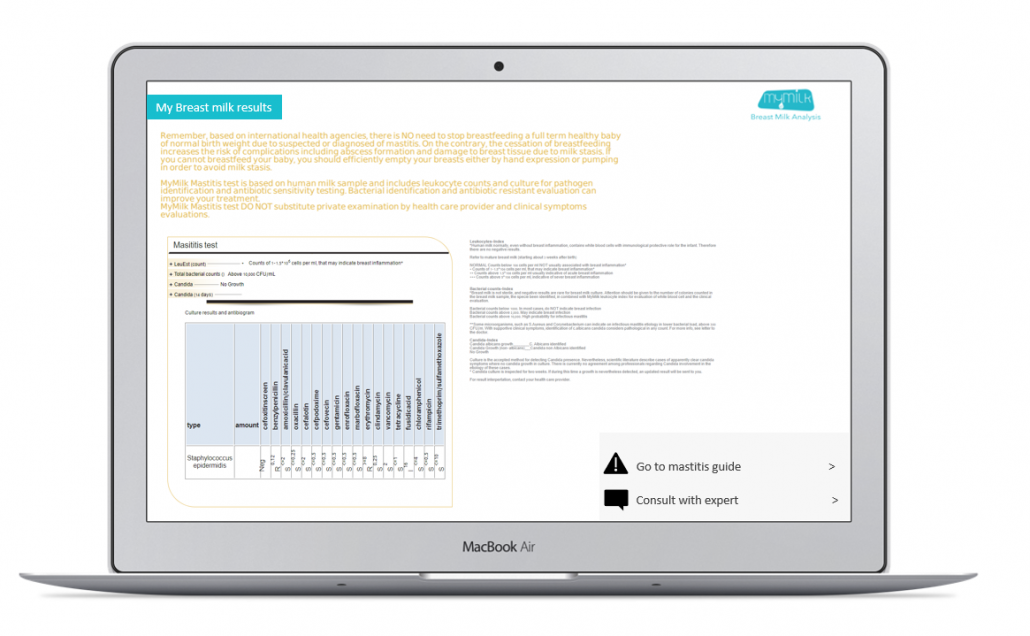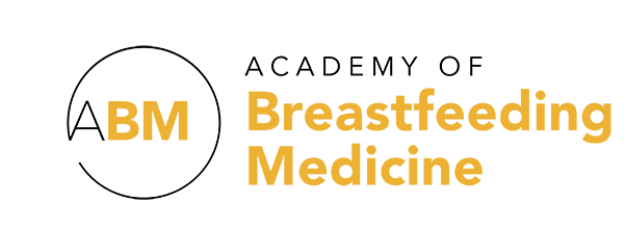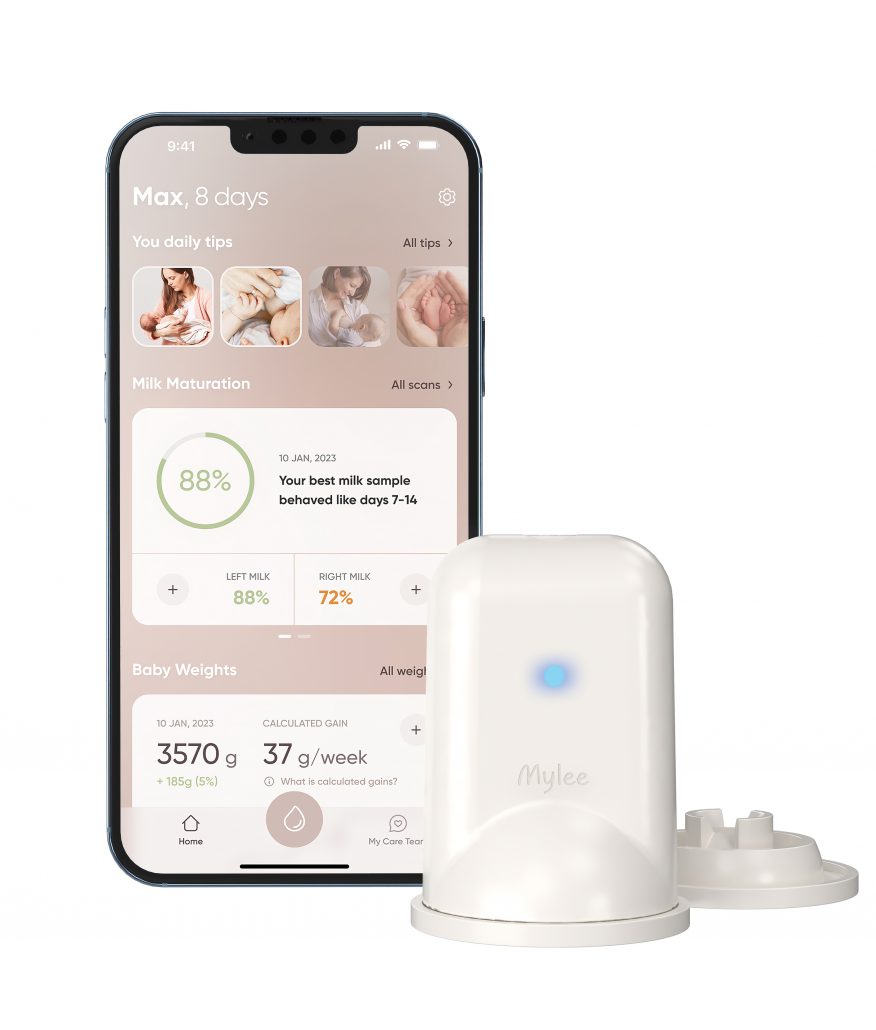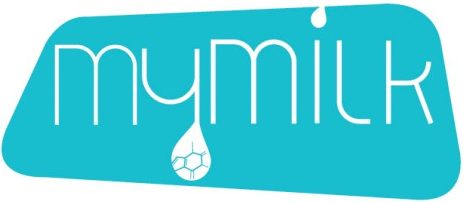MyMilk laboratory based testing for breastfeeding Pain
Understand the origin of YOUR pain
3 SIMPLE STEPS
All from the comfort of your home. Just a breast milk sample.
HOW IT WORKS

Order
Click and order from here. Fill in your information to create your account. We will mail you a collecting kit.

Sample
Collect a sample of your breast milk at home, according to the collection kit instructions. Our service will pick up your breast milk sample and deliver it to MyMilk laboratories.

Get results
You will receive a notification when your online personalized report, including laboratory results and individualized recommendations, is available at your secure MyMilk account.
Having breast pain while breastfeeding? You are not alone
Breast pain is a leading cause for breastfeeding cessation. Out of each 10 breastfeeding women, 7 will have breast pain, 3 will have mastitis. It is not just acute mastitis. Breast pain during breastfeeding can come in different forms, from deep breast pain with normal breast appearance, to breast redness, to nipple pain. Symptom-based differentiation can lead to misdiagnosis. MyMilk bring you evidence-based solution to differentiate the origin of your OWN pain, based on YOUR breast milk sample. You should not just accept your breast pain. Untreated breast pain, or incorrect management of breast pain during breastfeeding can lead to recurrent mastitis or abscess complications, discomfort to you and your baby, and reduced milk volume and early weaning.
Each pain is different. Start managing your own pain.
Based on small breast milk sample, mymilk laboratory based test for breastfeeding pain can help guide the correct treatment for your specific pain. Test helps to identify the presence of a causing agent, whether is bacterial or fungal (candida), identifies the specific bacterial strain detected and its antibiotics sensitivity, and reveals if there are signs of inflammation. This evidence-based data, together with your symptoms and records can help you and your health care provider better understand your condition and direct care accordingly. The information that is correct to YOUR case. All from the comfort of your home.
- Discriminate milk stasis from inflammatory pain
- Detect possible pathogenic bacteria
- Identify candida
- Guide antibiotic prescription for your own case
Evidence based management of your case
What is in the lab report?
Breast pain reports provide you information about your milk pathogens and inflammatory condition. We built it so you and your healthcare provider can understand it.
Breast milk results: Learn if you have signs of inflammation detected, whether there was pathogen detected (bacteria or candida), and identify the bacteria specific type and its antibiotic sensitivity.
Personal insights: Take action. We guide you how to use your results to solve your pain. Personal guide is based on your lab results and reported symptoms. And we give you science-based supportive information that we were based on for how to handle your pain.
Read carefully segment. Explain you how to use the test, and what the report can and cannot tell you.

Mymilk customer stories.
Mothers start to take control of their pain.
We heard it all. Women that were disregarded by their healthcare providers due to normal breast appearance but where eventually successfully treated only after receiving their MyMilk test report, and continued breastfeeding pain free; women that were thought to have thrush (candida) and were treated with antifungal drug and after MyMilk test changed the diagnosis and treatment, and got symptoms relief; women that reported repeated breast pain and got numerous antibiotic treatments, that did not show bacteria at all, so only after taking different measures her pain resolved. And many other mothers in pain, each straggle with her own case. All got better understanding of their pain origin. All started to manage their pain. Many needed additional or different treatment than thought before the test.

Breast milk tests are recommended for correct diagnosis
The American academy of breastfeeding medicine recommend breast milk testing for differential diagnosis. MyMilk is the only test that stand with WHO recommendation of combining indications of inflammation to the diagnosis.

MyMilk tests and reports are not intended to diagnose or treat any clinical condition, or to substitute for a healthcare provider’s consultation.
MyMilk test and reports are not intended to diagnose or treat any clinical condition, or to provide a medical recommendation and does not substitute the advice of your health care provider (lactation consultant, doctor, or nurse). These reports are not intended to tell you anything about your or your baby’s current state of health, or to be used to make medical decisions, including whether or not you should take a medication or how much of a medication you should take. Our reports can identify potential nutritional deficiencies in breast milk and provide suggestions for improving the breastfeeding mom’s nutrition. It is advised to consult with a nutritionist or a medical health provider before making any nutritional changes. Furthermore, nutritional supplements should not be taken without consulting with a physician.


